Climate effect: glacier retreat and landslip link shown
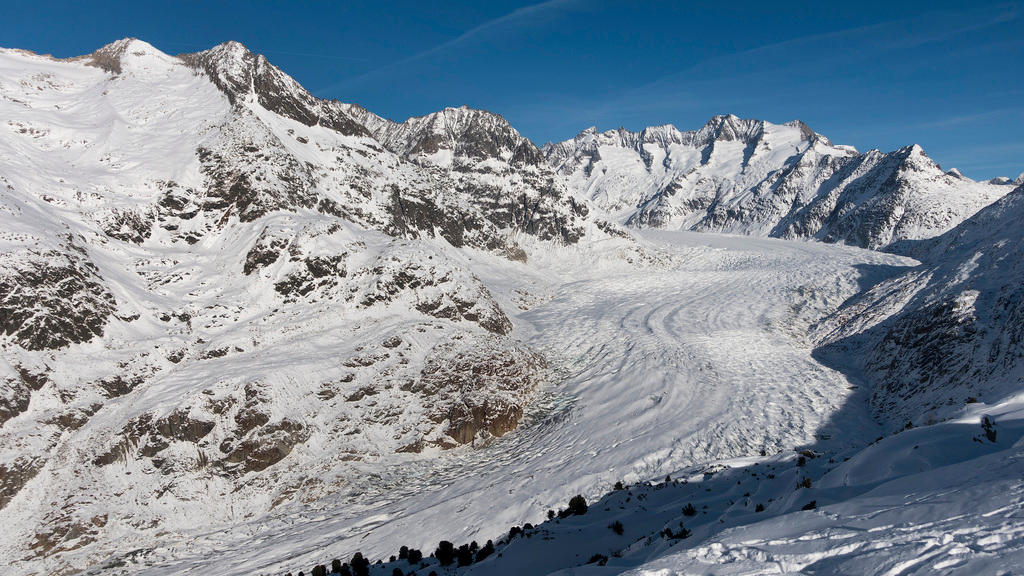
Researchers say they can show a direct connection between the retreating ice flows of Switzerland’s biggest glacier and a catastrophic landslide.
The link demonstrates how climate change causes instability beneath our feet, say the researchers at the Swiss Federal Institute of Technology in Zurich (ETHZ)External link and other Swiss institutions and businesses.
Lead author Andrew Kos and five others wrote in the latest edition of the journal Geophysical Research LettersExternal link about how contemporary glacier retreat has been triggering significant landslides at the Great Aletsch GlacierExternal link. At some 23 kilometres in length, the Aletsch is the largest in the Alps, and a major part of the Jungfrau-Aletsch-Bietschhorn Unesco World Heritage site.
The authors say their dataset – based on GPS measurements, radar, and airborne and ground-based laser scanners – shows the ice is retreating so quickly that an adjoining slope, the Moosfluh, is moving at an unprecedented pace along with it. As an example of the phenomenon, a cable car there had to stop operating last summer because of the ground movement.
“Based on our years of measurements, we were able to detect a critical threshold in the shrinkage of the glacier at which the situation rapidly deteriorated,” Kos said of the study in an article published online by the ETHZ in ZurichExternal link on January 23.
Rockfall and ice
The researchers say the glacier has shrunk steadily but moderately up to the early 1990s, with the Moosfluh moving along with it at an average rate of less than 1 centimetre a year. But by 1995, they say, the Aletsch glacier had lost so much of its volume of ice beside the Moosfluh that the slope’s movements accelerated to an average rate of 30 centimetres a year.
More evidence came from rockfall at the foot of the slope. Those grew in frequency and volume, particularly since 2011. Geologists recorded only a single incident of rockfall, with about 5,000 cubic metres of rock debris, before 2005.
By comparison, 2.5 million cubic metres broke off in a single incident in 2016. “The foot of the slope is particularly critical for the stability of the entire slope,” said Kos.

In compliance with the JTI standards
More: SWI swissinfo.ch certified by the Journalism Trust Initiative
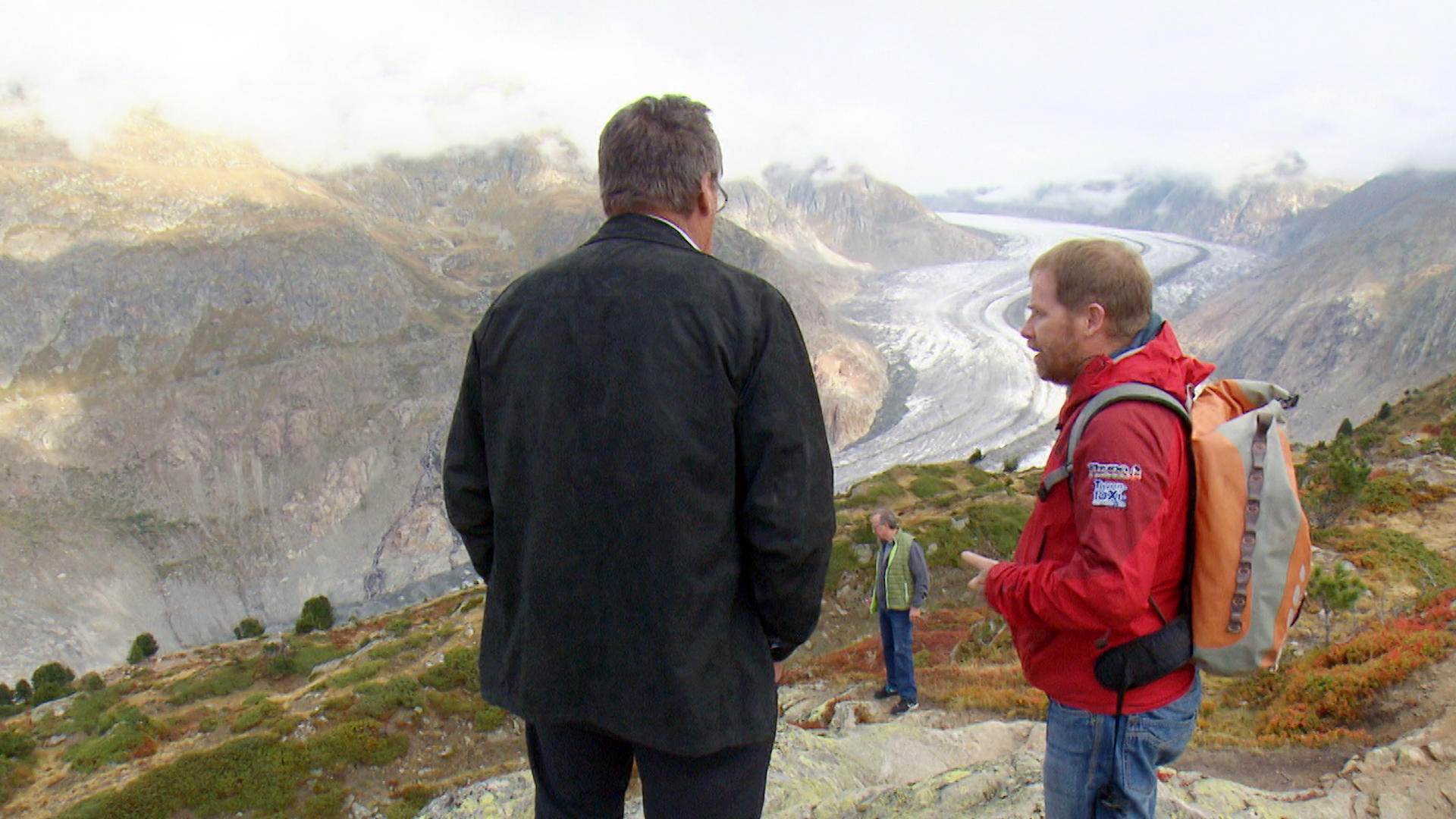
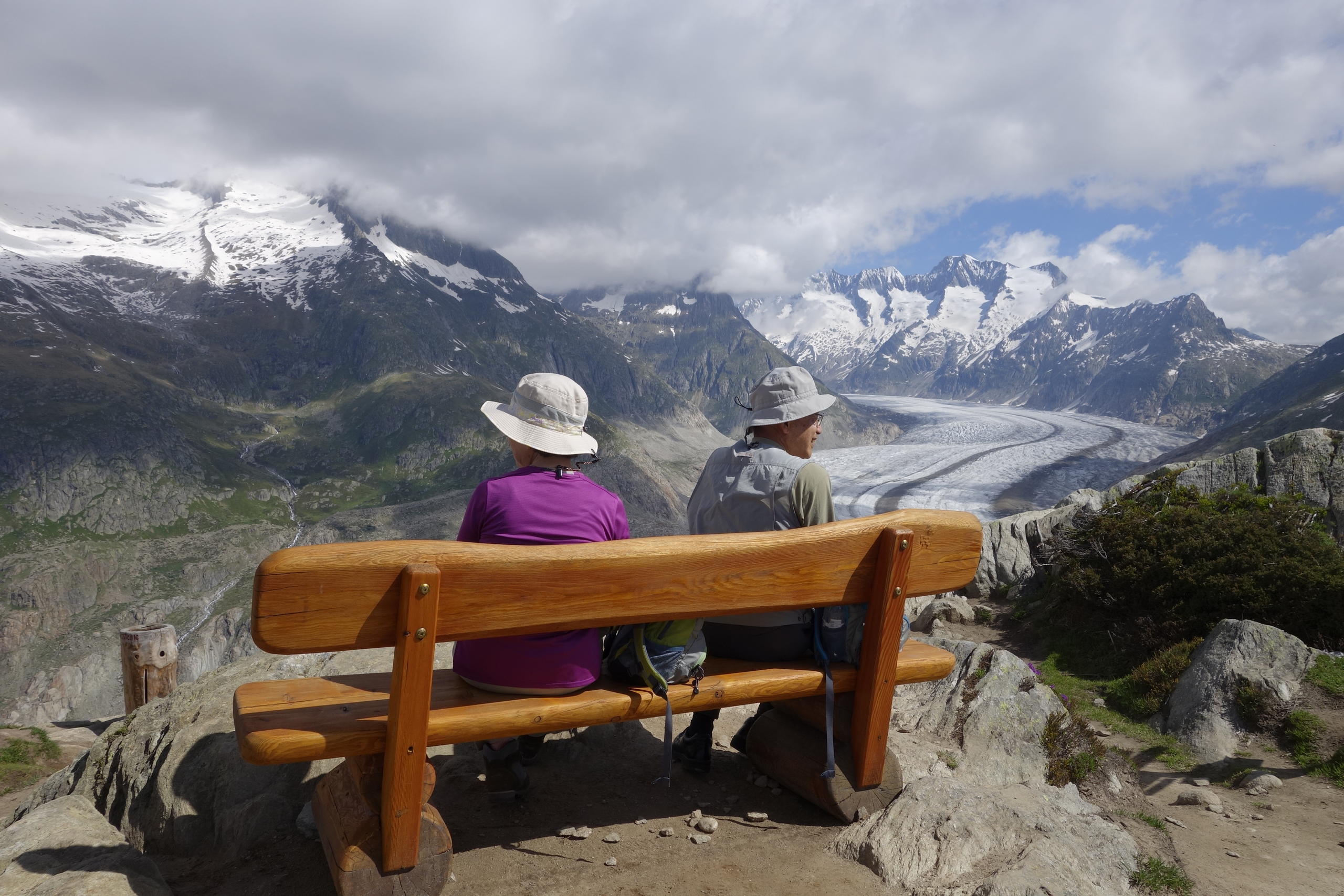
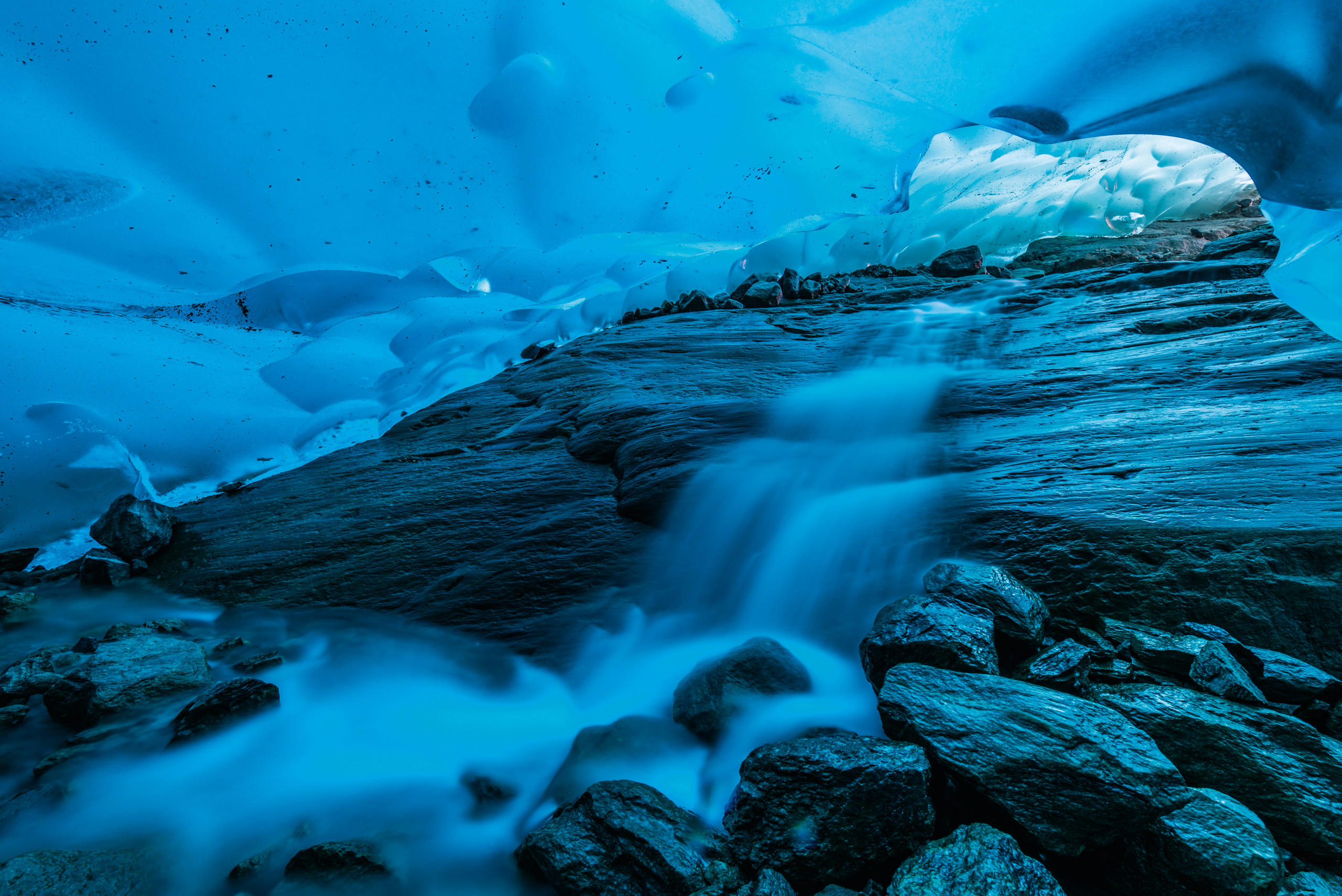
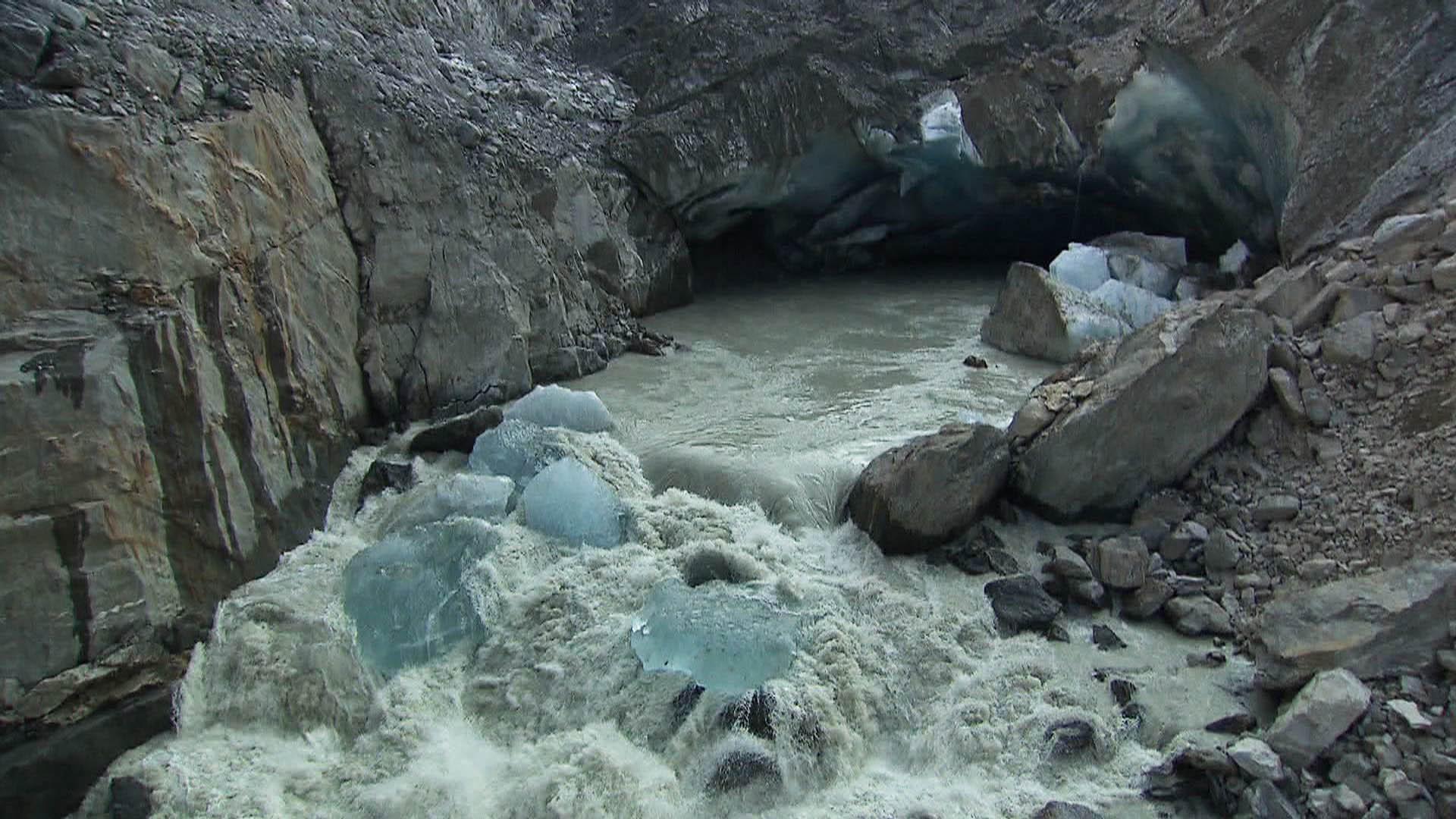
You can find an overview of ongoing debates with our journalists here. Please join us!
If you want to start a conversation about a topic raised in this article or want to report factual errors, email us at english@swissinfo.ch.